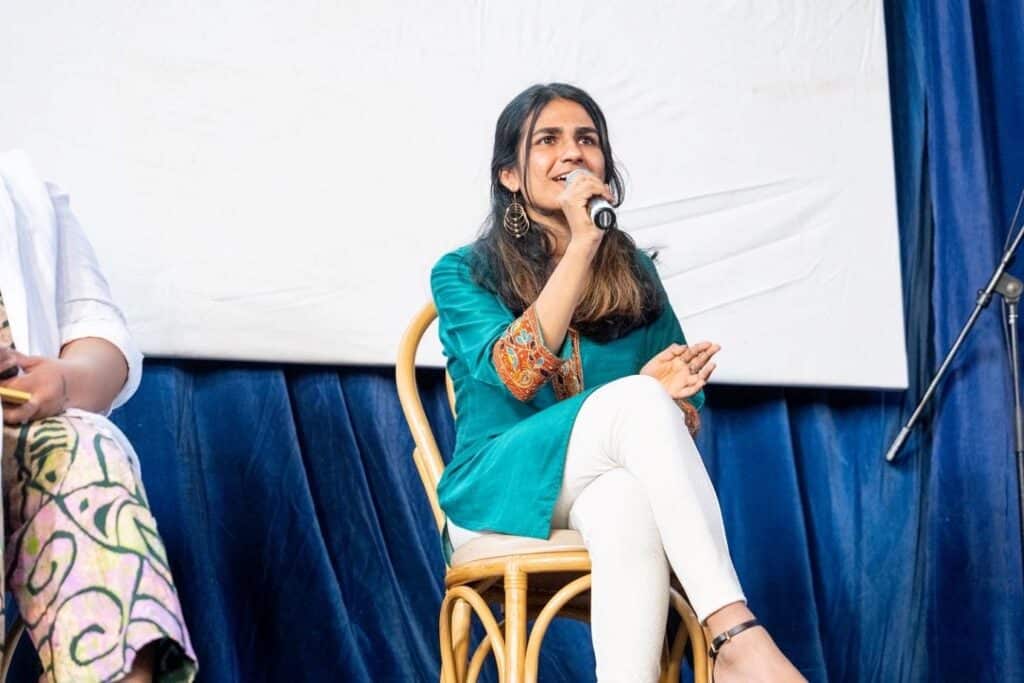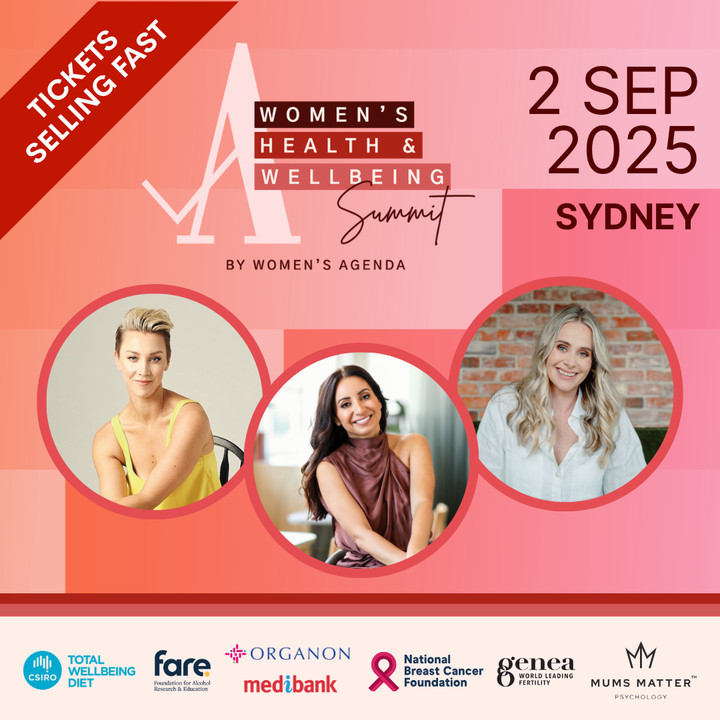From people choosing to simply not engage with Murdoch media to former politicians running anti-Murdoch campaigns, the shift away from News Corp has been simmering for some time and it seems like this election was when it boiled.
The 2025 Australian federal election marked a significant shift in political communication and saw the rise of non-traditional media platforms such as podcasts, social media, and independent outlets. This evolution aimed to engage younger demographics, who now constitute 47 per cent of the electorate.
From housing to Gaza to women’s violence, many of the drivers of non-traditional media have not shied away from the difficult topics, instead using their platforms to dive into the complexities of these issues, interviewing front line workers and standing in solidarity.
And the impact these influencers have had cannot be denied. They have allowed for politics to feel more accessible, more engaging, and their impact cannot be denied.
Compared to the 2022 federal election, 18 to 34 year olds are almost 10 per cent more engaged in the 2025 federal election.
And of course the turn to non-traditional media began before the election, but has become especially evident in the last few months.
It is clear that we are tired of the pale, male and stale of mainstream media outlets owned by the likes of multi billionaire Rupert Murdoch, who espouse conservative values in their publications.
It is so incredibly refreshing to see journalists and influencers talk about politics with any biases they do have laid out on the table in front of us while also discussing more than just the side they agree with.
However, one thing that the Murdoch media empire and the new age of social media news outlets share is whiteness.
First Nations and People of colour continue to be the news instead of giving them the autonomy to report on it. And of course, the same extends to other marginalised groups like disabled people and queer people.
As I said, there are incredible women in this space and I recognise the difficulty of simply being a woman in the industry, the reality is the mic must be passed to others for this new era of media to actually make change.
And this is not to say there are not plenty of First Nations and POC social media influencers, independent journalists, and media outlets doing the work. They have been for years.
What is quite evident, however, is the disparity in the growth and reach white women have versus non-white women.
During the campaign, the Guardian reported that “the prime minister has conducted 12 podcast interviews this year, including nine with non-traditional media brands or journalists”.
These included Abbie Chatfield’s It’s a Lot, Ozzy Man, The Circus, Big Small Talk, The Squiz, Mamamia with Kate Langbroek, Straight Talk with Mark Bouris and The Daily Aus.
Not a single one had a person of colour hosting.
Similarly, on budget night, around a dozen non traditional media creators were invited by Labor to travel to Canberra, join the budget lockup and interview senior ministers. From my understanding, there was one person of colour there.
Now you might say, well those creators had larger followings and could make the biggest impact, but my question for you is “why are all the creators who have larger followings white?”
These things don’t happen by accident. Some of it is likely due to our algorithm and our unconscious bias in who we decide seems worthy to deliver the news and some of it is due to the decisions mainstream media makes.
When mainstream media outlets decide to finally interview non-traditional creators, they choose the same few white women to be on every show, every podcast, feature in every news article.
For instance, despite being the most culturally diverse news media space, the SBS’ The Feed ‘influencer debate’ saw no diversity in the three traditional content creators who represented progressive values.
Or the recent Marie Clare article where the front cover shared on social media had no pictures of the only woman of colour journalist they interviewed but two pictures of one of the white journalists they interviewed (they did amend this after being called out).
However, as we are in this transition period, I think it’s important to recognise that while it is improving, women of colour and First Nations people who are doing similar work fail to have the same level of reach and growth and instead continue to be the news rather than reporting on it.
The reality is, myself and many others are tired of being the news or only being a guest on media outlets where we allow these platforms to fulfil the diversity criteria. We don’t want to be the news, we want to report on it.
We can’t have real and constructive conversations about race, housing, and climate without diverse voices reporting on them in the new media landscape.
It’s not about cancelling or unfollowing anyone but rather adding more voices to your news cycle.
The thing is, many of the influencers who do carry white privilege have actually platformed First Nations people and POC, and I think this should be the standard. However, in our shift away from Murdoch media, I think two things need to be considered:
- In some cases, non-traditional media creators need to see that it is not enough to platform, but just pass the mic.
- In all cases, we, as consumers, need to check in with ourselves – “Who am I getting my news from?”
And if you’re not already, some incredible platforms you can support are Crystal Andrews’ news publication Zee Feed, the news publication Missing Perspectives, journalists and creators like Soaliha and Phoebe McIlwraith.
Become a Women’s Agenda Foundation member and support our work! We are 100% independent and women-owned. Every day, we cover the news from a women’s perspective, advocating for women’s safety, economic security, health and opportunities. Foundation memberships are currently just $5 a month.
Bonus: you’ll receive our weekly editor’s wrap of the key stories to know every Saturday.


